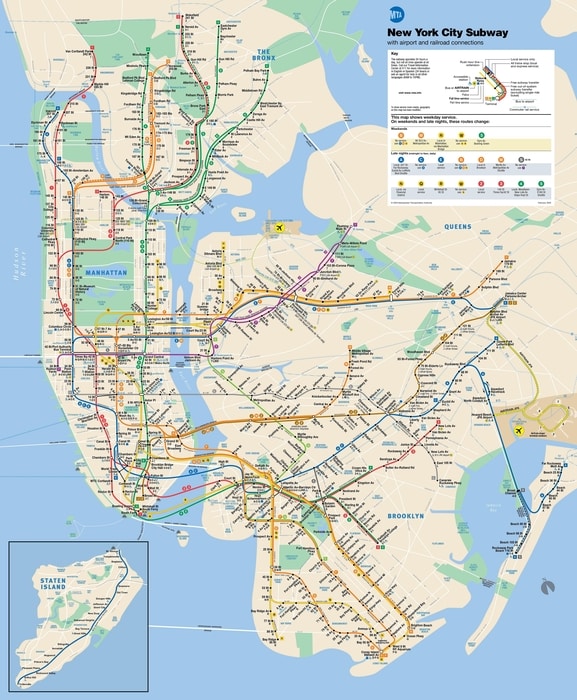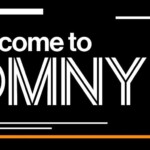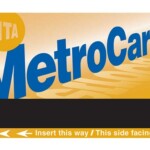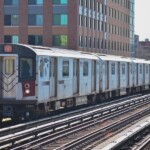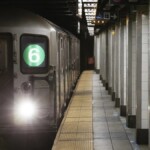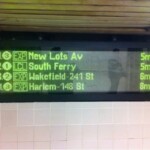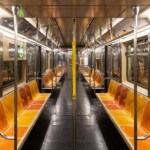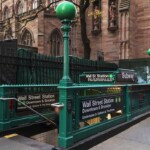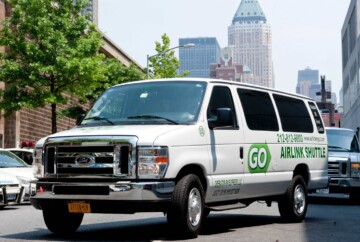When traveling abroad, get a policy from one of the best travel insurance companies. You can get a 5% discount on Heymondo, the only insurance that pays all medical bills upfront for you, HERE!
The New York City subway is the best way to get around the Big Apple. It’s no secret that traffic in NYC is a nightmare, so you’ll save yourself the headache if you opt for public transportation.
While the NYC subway system can seem complicated at first, it’s actually the easiest way to navigate the city. If you want to get the full experience and enjoy all the top attractions in New York, take the subway (or as locals call it, the train).
In this guide, I’ll tell you everything you need to know about using the different NYC subway lines, the fare, how to pay, and tips on subway safety and etiquette. You’ll also learn how to read the New York City subway map, so you can travel just about anywhere without any problems.
Before we begin, keep in mind that this article is specifically about the subway. If you want information about NYC’s airport shuttles and transfers, or an overview of New York’s transportation network, check out our guides on those topics.
How the NYC subway works
The New York subway opened in 1904, and as the number of daily commuters grew, so did the number of train lines. Today, there are over 20 subway lines in NYC, which you can identify by color, letter, and number. This network of lines connects the boroughs of Manhattan, Brooklyn, Queens, and The Bronx. Staten Island is the only NYC borough that isn’t connected via the subway.
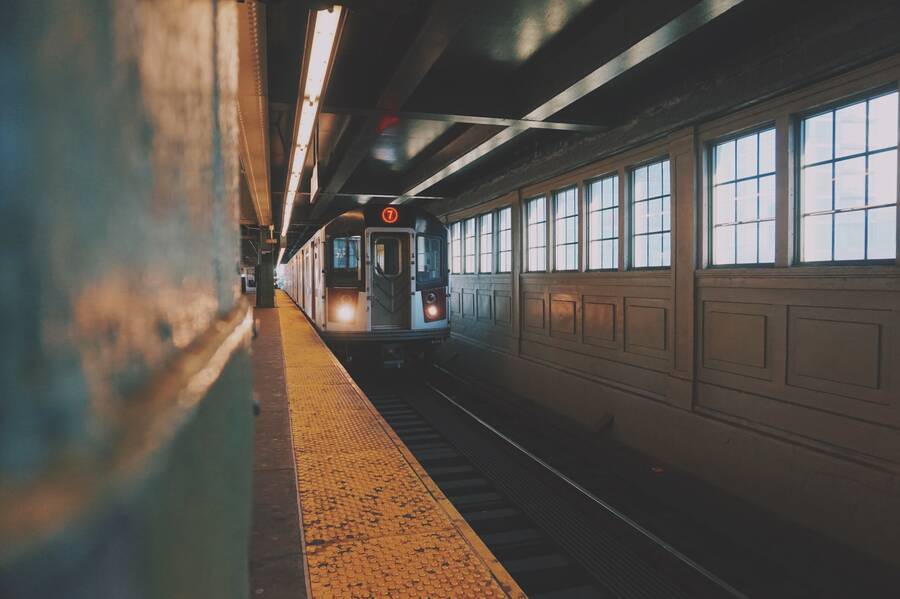
How the NYC subway works
This guide is divided into sections to help you learn how to use the subway in NYC:
- New York City subway maps
- Subway fares in New York City
- New York City subway schedule
- NYC subway lines
- Tips for using the subway in NYC
- New York subway app
New York City subway map
To start, let’s take a look at a map of the NYC subway to see how the different lines interconnect and travel throughout the city. You can download this map or pick up a paper map at a New York City subway station or tourism office.
Notice that the last stop on each line doesn’t indicate which direction the train is traveling. It’s important to understand that some lines go north (Uptown), while others go south (Downtown). If you look at the name of the last stop or the district the train goes to, you can orient yourself and figure out which direction the line is traveling.
It also helps to familiarize yourself with some New York City maps so you can better determine which NYC subway routes you need to take.
Subway fares in New York City
Again, taking the subway in NYC will allow you to quickly move around the city, and it’s a cheap form of transportation. If you’re going to take several trains during your visit, I recommend getting the NYC MetroCard, which you can buy at the station and recharge if needed. This way, a one-way ride will cost $2.75 rather than the $3 for a single-ticket purchase.
The MetroCard is currently being phased out and replaced with OMNY, a contactless form of payment. Through 2023, you can use either method of payment. Speaking of cards, you may also be interested in getting a New York tourist card, especially if you plan on visiting the city’s main attractions.
Using the NYC MetroCard
The New York City MetroCard is easy to use, and it works on the city’s trains and buses. All you have to do is swipe the card through the card reader at any subway station, or at the card reader next to the bus driver.
The MetroCard costs $1, and you can buy it at an NYC subway station kiosk or customer service window. You can pay by card and reload the MetroCard with more money if you’re going to need any additional subway fare.
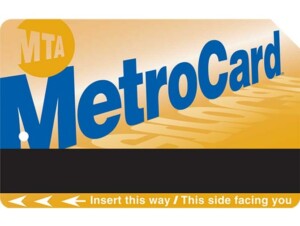
Using the NYC MetroCard
You’ll save money with the MetroCard since it reduces the one-way fare from $3 to $2.75. For longer stays in the city, you can pay $33 for unlimited subway rides for a week, or $127 for unlimited trips for a month. This New York City subway card works for all lines and most local buses, so you’ll be able to get around quickly.
Keep in mind that if you’re paying for your subway rides one by one, you can share the MetroCard with up to 4 people. However, if you opt for unlimited weekly or monthly trips, you can’t share your card with anyone. When you buy your MetroCard (or reload it), just indicate which option you prefer. For example, you can choose unlimited rides for one week, or load the card with $10 for several individual rides at $2.75 each.
Finally, be aware that the MetroCard is being phased out and replaced with OMNY. Throughout 2023, both New York City subway passes are valid and in use.
OMNY, a new way to pay for the NYC subway
By early 2024, OMNY will be the primary New York City subway card. It’s more of a virtual card since it’s a contactless form of payment that you can access via your smartphone or smartwatch.
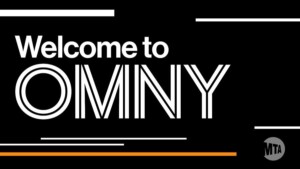
OMNY, a new way to pay for the NYC subway
One of the main advantages of OMNY is that it has a fare-capping system. So, while rides will still cost $2.75 each, the maximum you’ll spend in a week is $33, which is equivalent to 12 rides. Any additional trips you take will essentially be free. This system works on a weekly basis, starting on Monday and ending on Sunday.
OMNY is designed to be an easier and cheaper way to use the NYC subway. Like the MetroCard, OMNY can be shared with up to 4 people, but only for up to 12 trips. A key difference is that OMNY doesn’t offer a monthly pass like the MetroCard does.
New York City subway schedule
One of the most common concerns about the New York City subway is the subway schedule and hours of operation. The NYC subway is open 24 hours a day, 7 days a week.
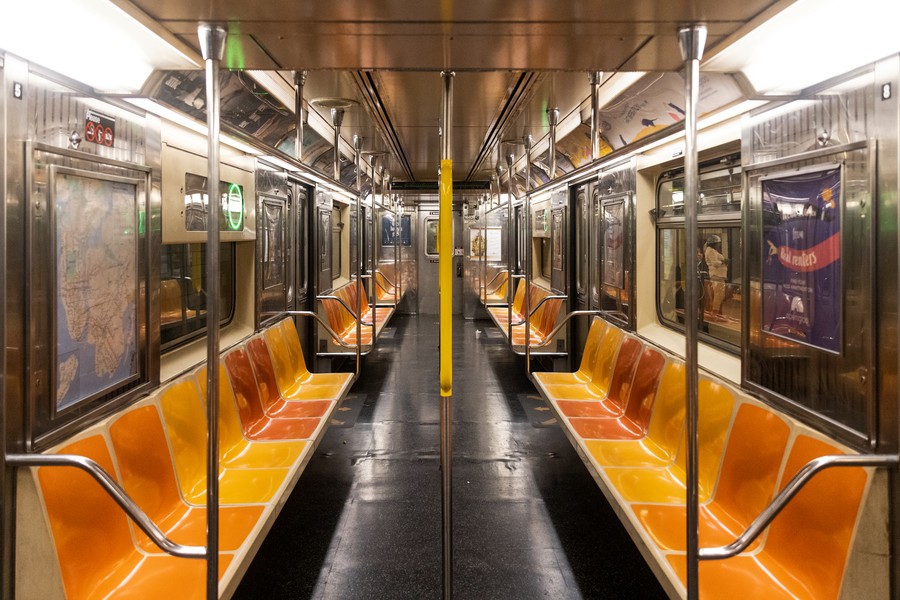
New York City subway schedule
While the NYC subway hours are 24/7, the frequency of the trains varies. During the day, the trains typically arrive every 2-5 minutes, although it could be every 5-10 minutes depending on the line. At night, the time between trains can be up to 10-20 minutes. You can look at the countdown clocks at the station to see how much longer until the next train arrives, as well as which direction it’s heading.
Another thing to keep in mind is that some NYC subway routes go to less touristy areas that can be more dangerous at night. If you plan on exploring the city after dark, I recommend reading our guide to visiting NYC at night to find some safe attractions and activities.
NYC subway lines
New York has 24 subway lines and 472 stations throughout Manhattan, Brooklyn, Queens, and The Bronx. Staten Island is the only NYC borough that doesn’t have a subway line, although it does have a train, bus, and ferry.
Each subway line in NYC is indicated with a number or letter, as well as a color. These indicators will help you identify the different trains and routes across the city. Remember that different trains can travel on the same track and stop at the same station, so it’s important to pay attention to the numbers, letters, and colors.
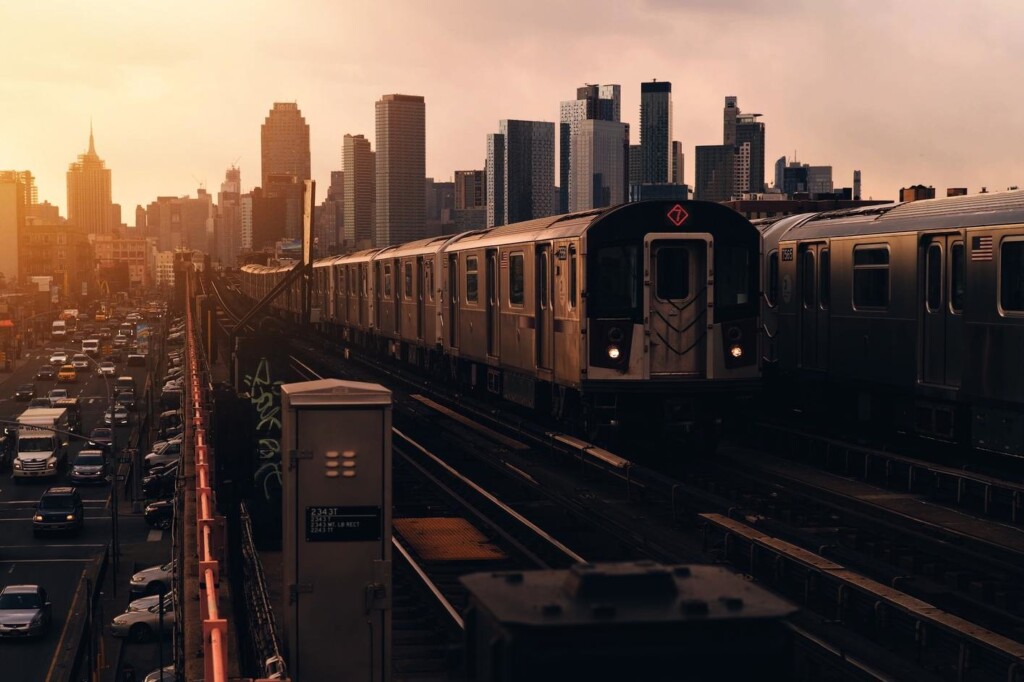
NYC subway lines
To find out which direction the train is going, there are some indicators you can look for. Check if the line says Uptown (north) or Downtown (south), or if it lists which borough it goes to. You can also look at the name of the last stop, and that can let you know which direction it’s going.
This is especially important because you want to be sure you’re using the correct subway station entrance. Even if you have identified the right line, you need to make sure it’s going in the direction you want. Otherwise, you’ll be wasting your New York City subway fare.
The loudspeakers inside each New York City subway station will announce the arrival of the next train. There are also loudspeakers and screens inside the train that will announce the next stop. However, I recommend staying alert and paying attention to your surroundings since the subway can get crowded and noisy, which can drown out the announcements.
Tips for using the subway in NYC
Hopefully, the NYC subway system feels less like a mystery now. Below, I’m sharing some tips that will make taking the subway in NYC less stressful.
How to know which way the NYC subway is going
Before boarding the New York City subway, remember to check which direction the train is going. Look at the signs at the station’s entrance or inside the train to see whether it’s going Uptown (north) or Downtown (south), or if it’s going to Manhattan, Brooklyn, Queens, or The Bronx. You can also determine the direction by looking at the name of the last stop.
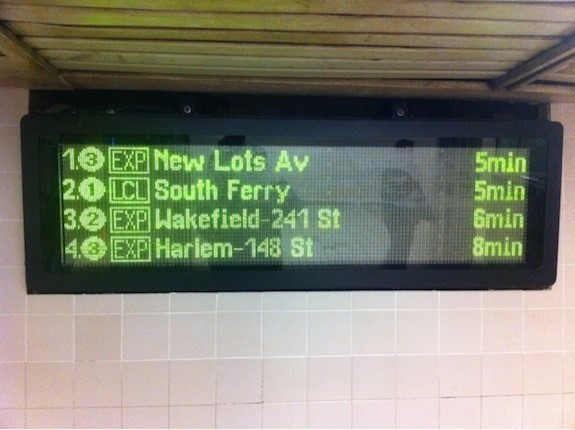
How to know which way the NYC subway is going
My recommendation is to first check the information at the subway station entrance since some NYC subway lines only travel in one direction. If you enter one of these stations and discover it’s going in the opposite direction you want, you’ll have to exit that station and enter another one, wasting your subway fare.
Once you’re on the train, keep an eye out for the signs and listen for the loudspeaker announcements so you get off at the correct stop.
Where to find the NYC subway line number or letter
As you enter a New York City subway station, you’ll see signs indicating the numbers, letters, and colors of the trains that pass through that station. The number or letter of the next train is usually announced over the station’s loudspeaker (for example, Line 1), although if there is a lot of noise, you might not hear it.
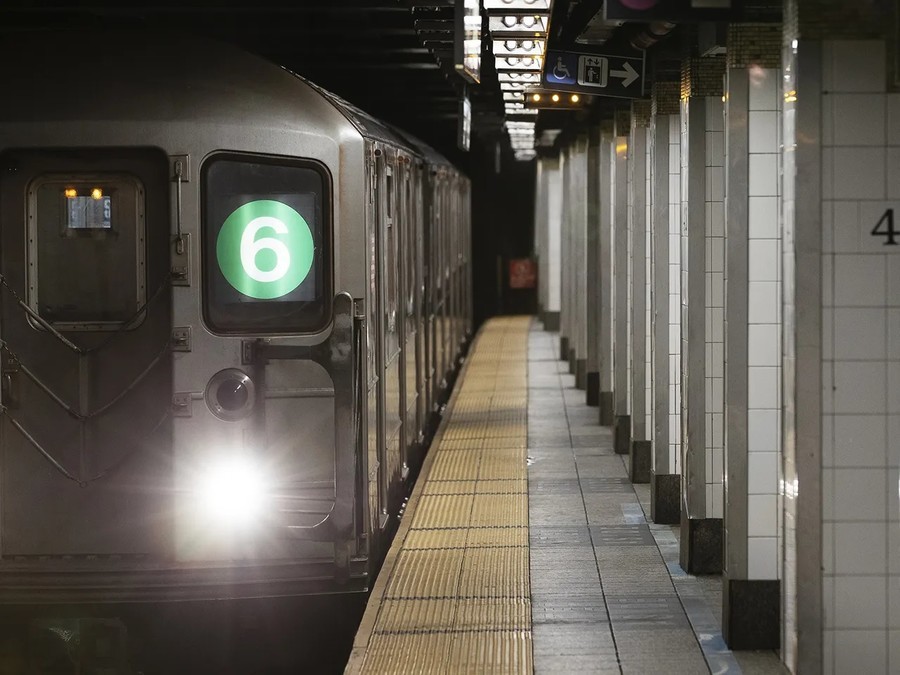
Where to find the NYC subway line number or letter
As the train approaches, you’ll be able to see the number or letter on the front and sides of the train. In my experience, it’s easier to use the numbers and letters as a guide, rather than the colors since multiple lines can share the same color.
Local and express trains on the New York City subway
Another thing to keep in mind is that there are local and express trains. Local trains stop at all NYC subway stations, while express trains only stop at the most important ones.
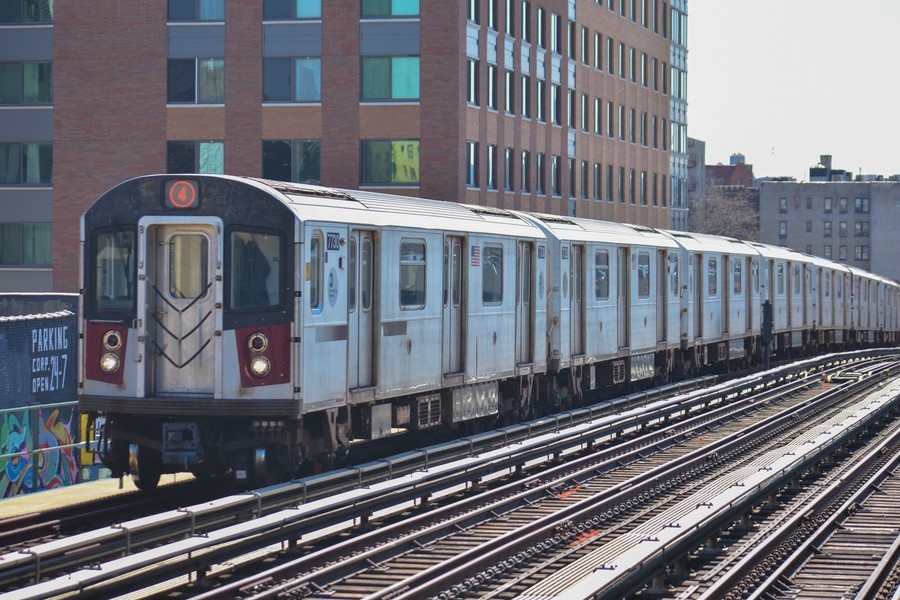
Local and express trains on the New York City subway
The express train is very useful for traveling long distances in a shorter time, although you should make sure that it stops where you want to go. You can find this information on the New York City subway map since express trains are marked with a white dot, while local trains have a black dot.
Using connections and transfers on the NYC subway
Depending on where you’re going, you may have to make a transfer within the NYC subway system. This isn’t as complicated as it sounds, especially if you use Google Maps. This app can show you the fastest NYC subway route, including transfers.
All subway stations have free Wi-Fi, so you should be able to connect to Google Maps. However, if you need mobile data in the U.S., I recommend the Holafly eSIM card. You can learn more about this service in our Holafly review.
Other tips for navigating the NYC subway system
The best way to avoid delays, crowds, and other problems is to avoid rush hour. The busiest NYC subway hours are from 7:00 – 9:30 a.m. and 4:30 – 7:00 p.m. During these hours, there are tons of people, mostly commuters, and very crowded trains, so you could end up waiting in line to board.
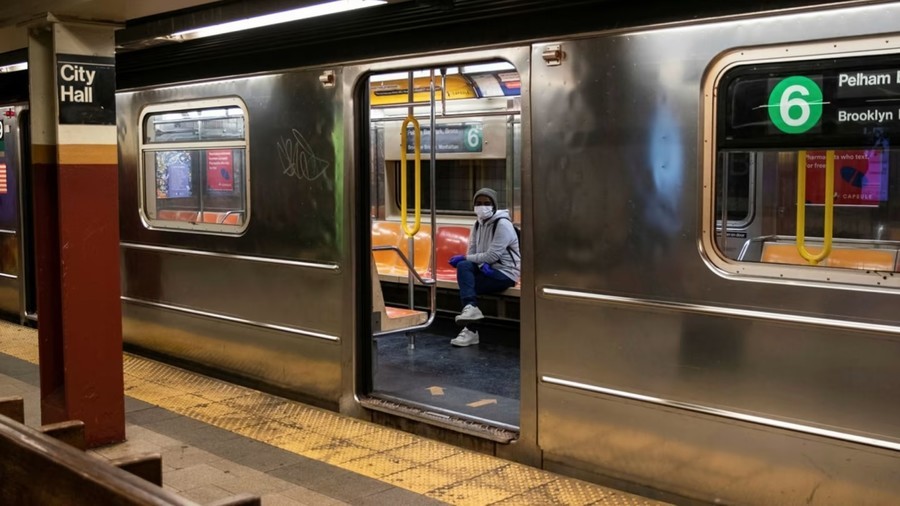
Other tips for navigating the NYC subway system
If you can, avoid these rush hours, especially if you’re new to the subway and get overwhelmed by crowds. Also, don’t be afraid to ask for help if you’re not sure whether you’re on the right platform.
Another thing I want to stress is that everyone gets lost at some point. We’ve had times when we’ve confused one line with another, even in our own city! If this happens to you, stay calm, get off the train, and consult your New York City subway map to find a route to your destination.
New York subway app
I mentioned that Google Maps is a convenient app for the New York subway since it can show you the most convenient way to get from one place to another, even if you need a connection or transfer.
While there is no specific NYC subway app, there are some other applications that you might find useful. MyTransit NYC Subway, Bus, Rail is available on Google Play and can show you different maps of New York’s public transportation network. If you have an iPhone, a good alternative is New York Subway MTA Map and Route Planner.
Is the NYC subway safe?
Even though some people believe the New York City subway is dangerous, the reality is that it’s similar to public transportation in any big city. In other words, it’s important to be sensible and use common sense while you’re riding the subway. This means staying alert and keeping your personal belongings close.
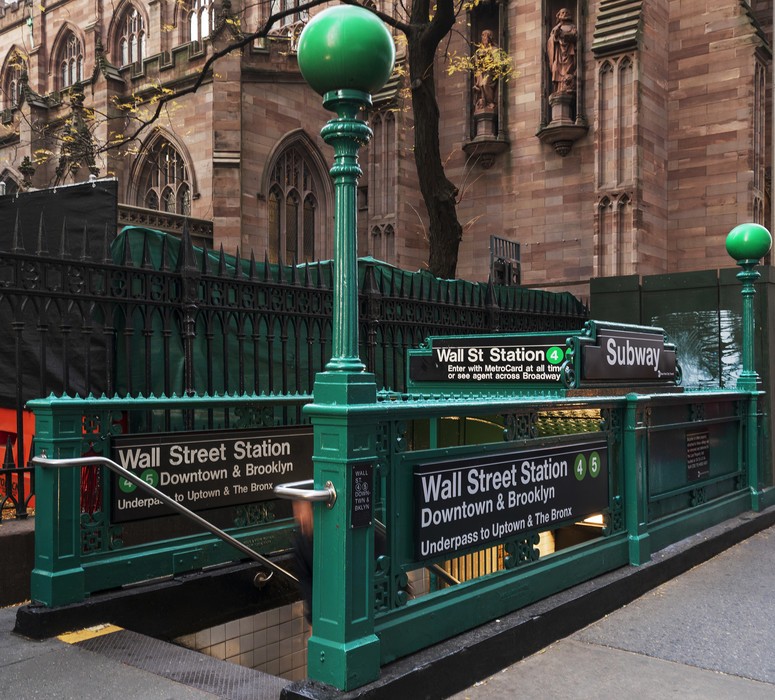
Is the NYC subway safe?
Also, there are some neighborhoods that are known to be rougher than others. For example, The Bronx is an area that I only recommend visiting during the day, perhaps with an NYC contrasts tour. In general, the subway is used by locals and tourists on a daily basis, so you should be fine. We’ve used the subway several times during our visits to the Big Apple, and we’ve never had any trouble.
FAQs – New York City subway
If you still have concerns about riding the subway in New York City, here are the answers to some commonly asked questions:
That’s it for this guide to the NYC subway. I hope this cleared up any confusion or doubts you had about how to use the subway in NYC. If you have any other questions, leave me a comment below, and I’ll be happy to help.
Have an amazing time in the city that never sleeps!

